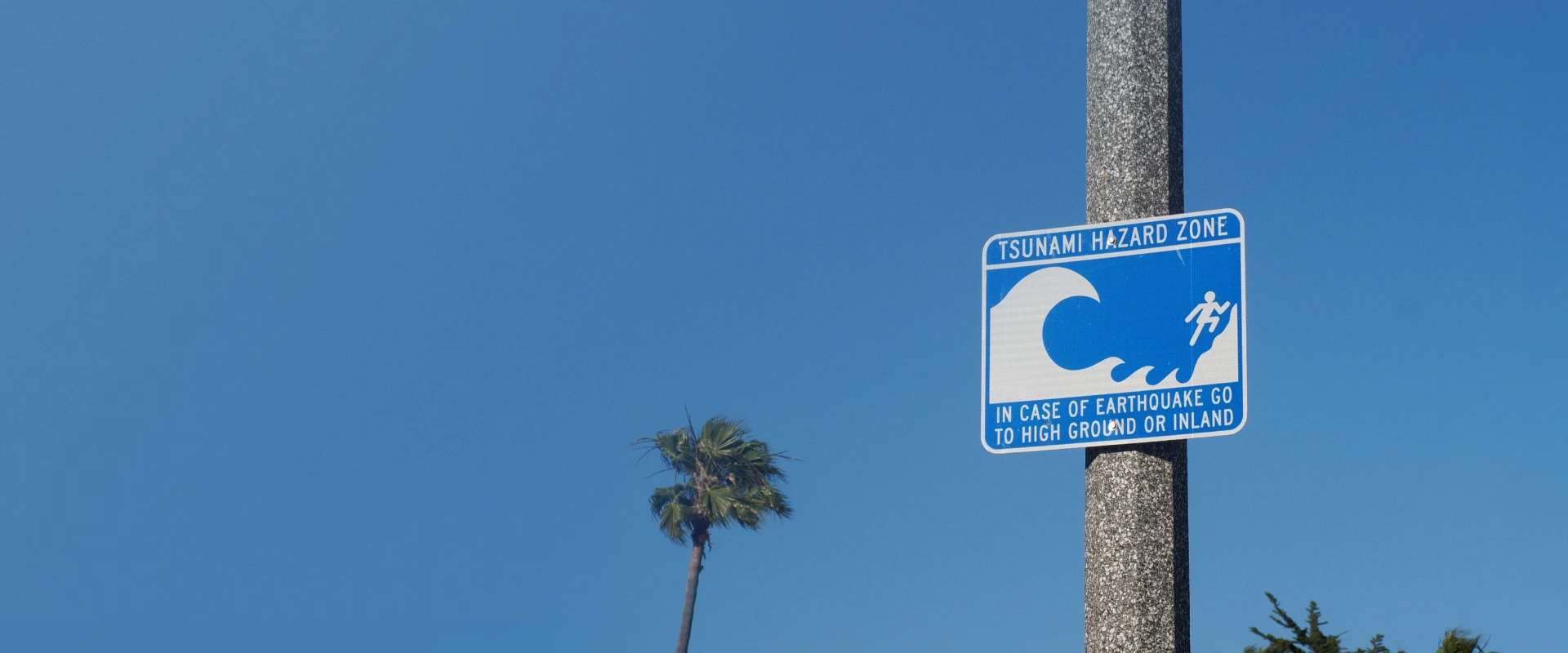
04-10-2025
On April 2, the current administration announced historically large tariffs (taxes on imported goods), after earlier tariff increases against China, Mexico, Canada, steel, aluminum and autos. These new tariffs are much higher than economists and market watchers had anticipated even in a “worst case scenario,” and greatly exceed even the legendary Smoot-Hawley tariffs. After the announcement, stock indexes fell, and experts at home and abroad offered apocalyptic analysis of the impact on the U.S. economy and the world trading system.
Thanks to excellent new research we know much more about why countries trade, how they gain or lose from that trade, and what happens when countries impose tariffs. So, we can say with some certainty what will likely happen as a result of the trade war initiated by this administration. Many of the predictions of trade analysts are already playing out in the first days since the announcements.
When we allow markets to operate freely, countries tend to import if foreign firms offer goods and services that are less expensive or better quality than what consumers can find from domestic firms. They export if the reverse is true. This exchange happens across industries (we import apparel and export airplanes), within industries (we import avocados and export soybeans) and increasingly within global supply chains (we import car parts and export finished cars).
Because we import goods that cost more to produce domestically, trade lowers prices and increases availability for imported goods. It also causes import-competing firms to shrink and lay off workers. But the reverse is true when we export: our most productive firms find consumers worldwide and capture higher returns. These firms grow, become more profitable and hire more workers. Trade redistributes income: some people gain from trade, others lose, and these losses are concentrated in certain geographic regions. Still, there is clear evidence that the net gains are positive. Incomes rise, consumers have more spending power, and the economy as a whole grows more productive.
These forces hold true today as much as when David Ricardo formulated the idea of comparative advantage 200 years ago.
But modern trade is more complex in important ways. First, our trade-related investments are extremely specific. We aren’t just growing corn for anyone who will buy it. We are producing software, componentry, machinery and product varieties for specific business partners and consumers. Second, because nations combine to jointly produce goods in complex global supply chains, trade flows and the investments that facilitate them are far more sensitive to the certainty of the business environment in which they operate and the barriers that governments impose on the free operation of markets.
Note that I haven’t said anything about trade deficits, which are a particular concern to the administration and appear to have figured prominently in the calculation of “reciprocal” tariffs against foreign partners. I haven’t said anything because economic experts are nearly unanimous in their understanding, strongly supported by both theoretical and careful empirical analysis, that tariffs have very little to do with trade deficits. Clearing up this misconception with some simple math is job #1 in entry level international economics courses.
A tariff is just a tax applied to a particular (foreign) source of goods. It’s the government saying, “We will tell you who you can buy from, and at what price.” What is likely to result from these new taxes?
The current administration frequently changes its mind on tariffs, their scope, size and direction. In the few days between when this post was first drafted and when it made it to the website, tariffs on China were increased from 54% to 104% to 125%, new pharmaceutical tariffs were announced and the broad-based “reciprocal” tariffs meant to go into effect this week were delayed for 90 days after panic in the bond market.
Moreover, there appears to be broad disagreement among members of the President’s cabinet on what endgame they are trying to reach.
This means that it is nearly impossible to discern how sourcing decisions need to change, what new plant capacity is needed, and over what horizon. In the face of this, the most reasonable response for firms is simply to wait for clarity. I would expect business investment, about 14% of U.S. GDP, to fall significantly in the coming quarter.
These changes are happening at a time when the cost of capital is high, the labor market is tight, and workers’ human capital is increasingly specific to the firm in which they currently work. So reallocating capacity will be very costly.
Why levy these tariffs? It is a question that economists have been puzzling over for months because the stated reasons do not make sense. Tariffs are unlikely to raise as much revenue as the White House expects. Tariffs are highly unlikely to cause a rebalancing of our trade deficit, despite the particular emphasis placed on this issue by the President. Tariffs might help reduce our dependence on some national security rivals, but if you wanted to do that, why impose barriers on our closest allies?
Tariffs may help regrow our manufacturing base, and increase demand for workers with less education. But this is only likely to happen after a long period of suffering, at a cost many multiples of what those manufacturing jobs will pay, and at the cost of hurting our very best firms and the workers they employ.
David Hummels is a Distinguished Professor of Economics and Research Associate of the National Bureau of Economic Research. He served as Dean of the Mitch Daniels School of Business at Purdue from 2014-2023 and has worked as a consultant for and visiting scholar at a wide variety of central banks, development banks and policy institutes around the world.